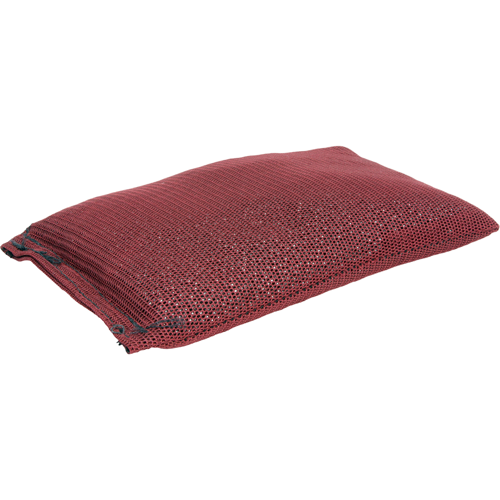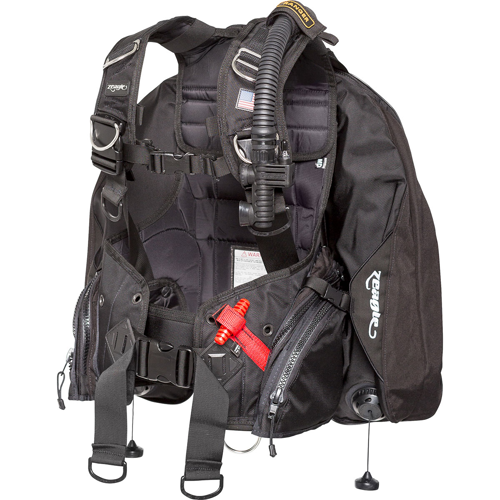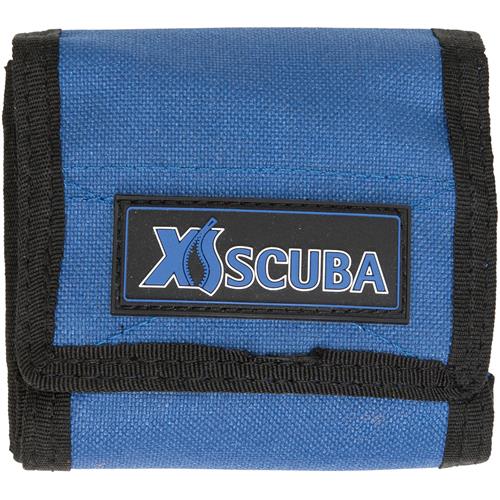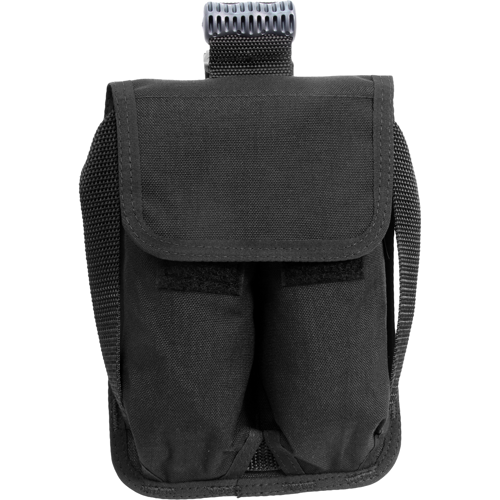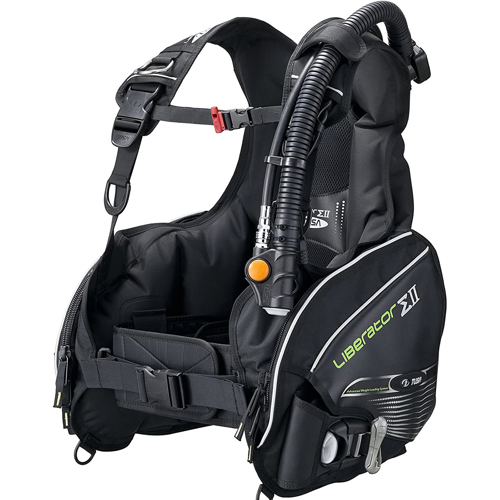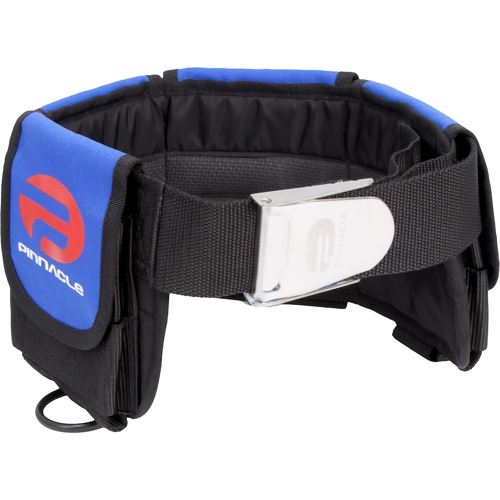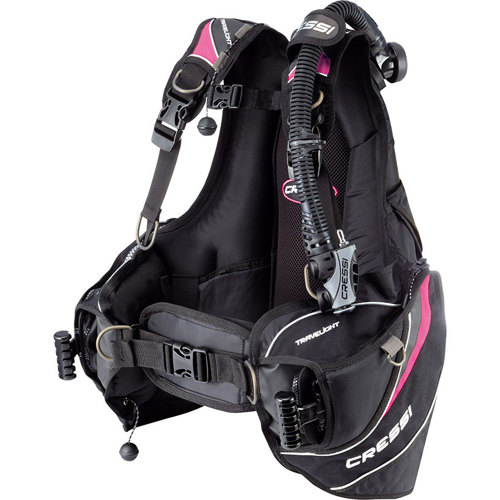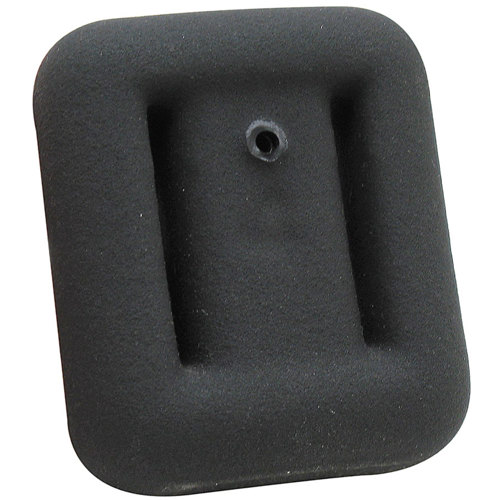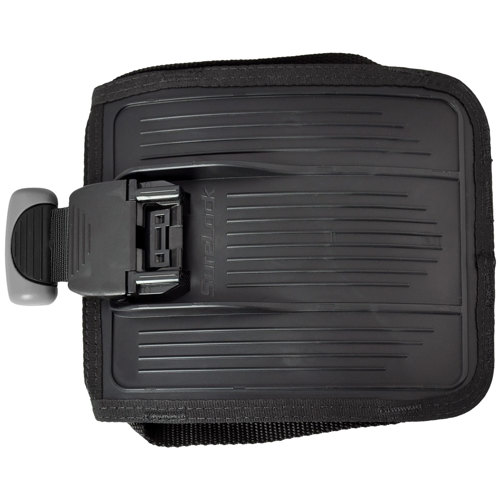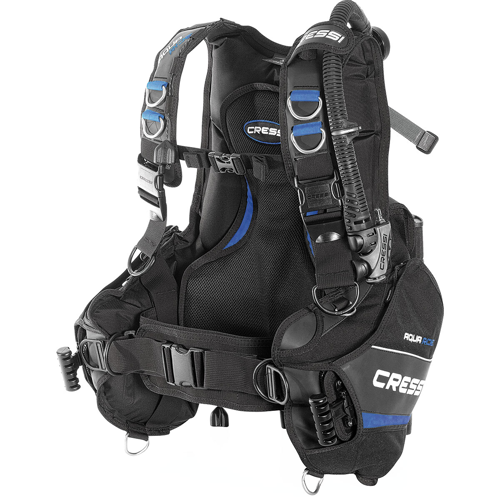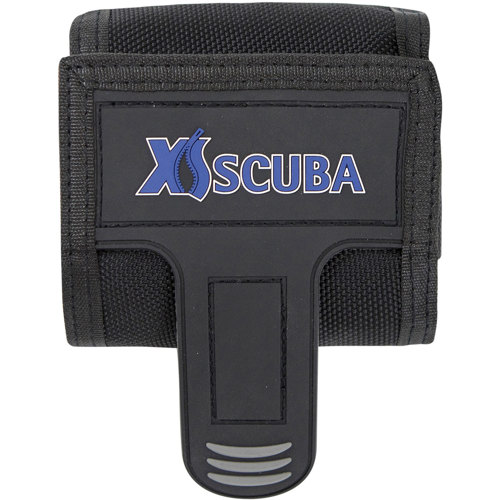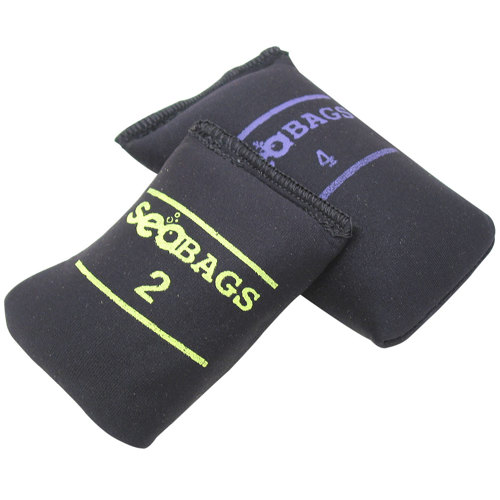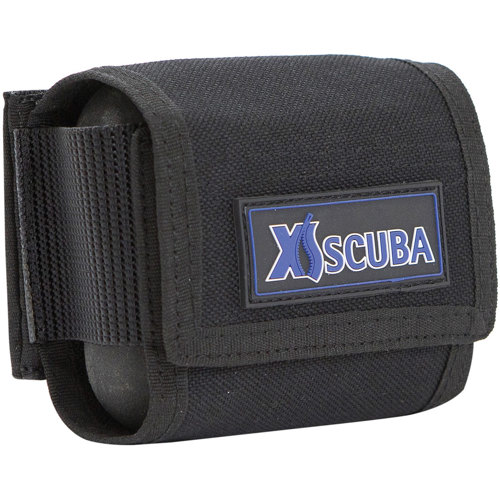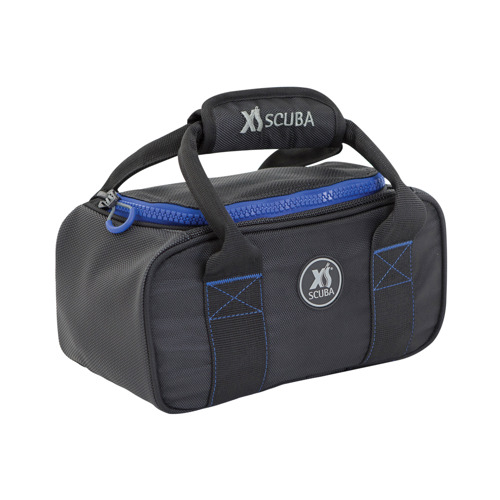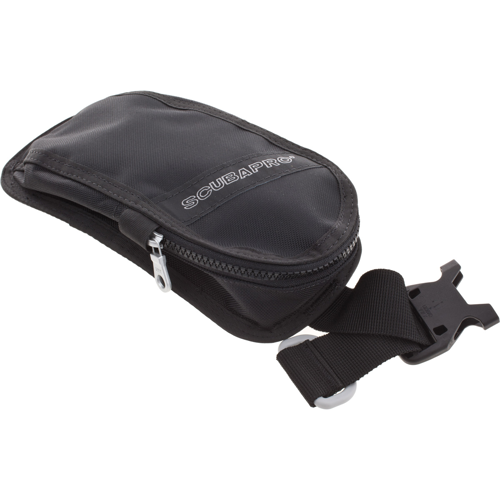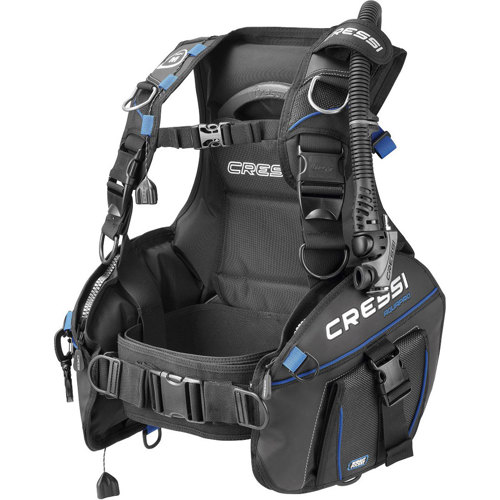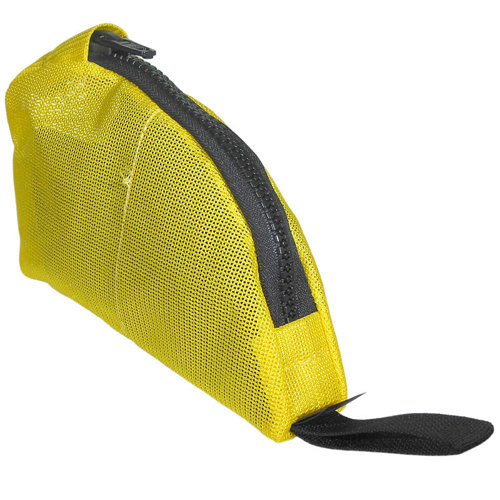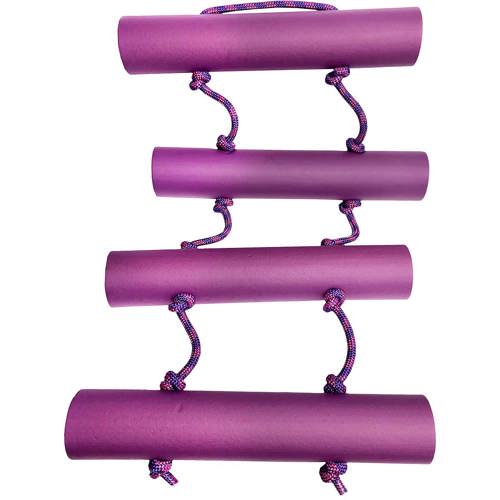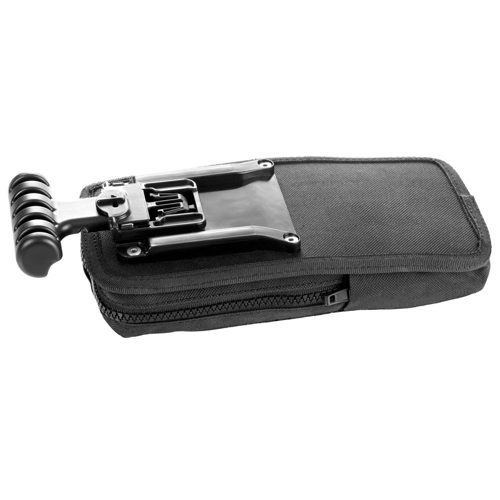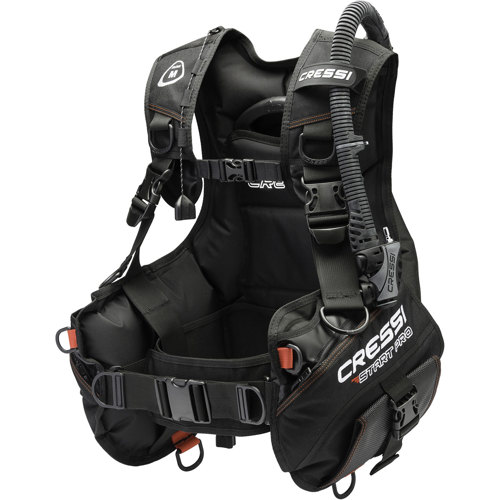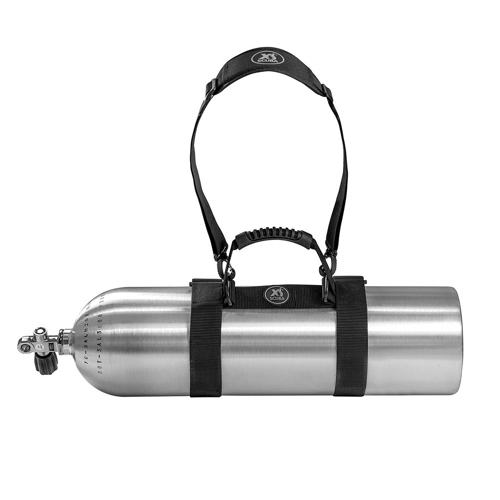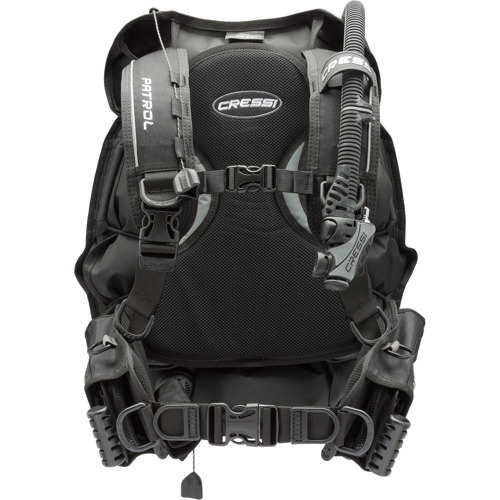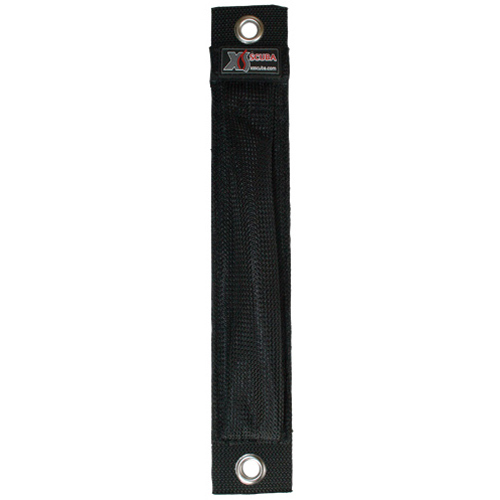Transporting scuba weights safely and efficiently is a practical concern for divers of all experience levels, from those heading out for a quick local shore dive to travelers embarking on a winter getaway to tropical waters. The sheer density and heft of lead weights make their movement a unique logistical challenge, especially when compared to the rest of your scuba kit. Many divers recall the first time they lugged a set of weights from the parking lot to the water’s edge, only to realize that a sturdy, purpose-built weight bag can make all the difference. These bags are designed to withstand the rigors of saltwater environments and rough terrain, often featuring reinforced seams, padded handles, and even wheels for easier transport over docks, sand, or gravel. During the colder months, when hands are gloved and surfaces may be slick with rain or frost, these thoughtful features help prevent slips and injuries while also protecting your vehicle and other gear from the inevitable dings and scrapes that loose weights can cause. For those who dive regularly with friends or family, a well-organized weight transport system can streamline pre-dive setup and post-dive teardown, making group outings smoother and more enjoyable.
When considering how best to move your weights, it’s important to think about the type of diving you do and the environments you frequent. Shore divers and instructors who transport multiple sets of weights for students may benefit from larger, wheeled bags that can support a heavier load, while boat divers might prefer compact, easy-to-stow options that fit neatly under benches or in gear lockers. If you’ve ever spent a holiday season planning a dive trip abroad, you know that weight transport becomes even more nuanced—airline baggage fees and restrictions quickly add up, making it practical to rent weights at your destination instead of packing them. However, for local diving or for those who prefer the familiarity of their own gear, coated lead weights and shot bags offer flexibility and protection for both equipment and wetsuits, reducing the risk of corrosion and wear. Integrated weight pockets on modern BCDs and trim weights for ankles or tank bands allow for fine-tuned buoyancy control, but they still need to be moved to and from the water safely. Thoughtful divers often keep a dedicated weight bag in their trunk, ready for spontaneous winter dives or to lend a hand to a buddy whose gear is overloaded. These transport solutions also make practical gifts for the diver in your life—especially during the holiday season, when new gear and accessories are always welcome under the tree.
Selecting the right method and equipment for scuba weight transport is about balancing convenience, safety, and the specific demands of your diving lifestyle. Whether you’re a beginner assembling your first set of gear or a seasoned diver fine-tuning your setup for cold-water excursions, investing in a reliable transport solution pays dividends in both comfort and longevity of your equipment. Durable construction, corrosion-resistant zippers, and easy-to-clean interiors are all features to look for, especially if you routinely dive in sandy or muddy conditions. Instructors and dive leaders may also appreciate bags with extra storage for small accessories or identification labels for quick sorting. The winter months often bring unpredictable weather and challenging conditions, so having a robust system for moving your weights keeps your focus where it belongs—on the dive itself and the underwater wonders you set out to explore. For those looking to streamline their entire gear management process, explore additional tips and products for moving your full kit on our
Scuba Equipment Transport page, where you’ll find solutions tailored to every type of diver, from weekend adventurers to seasoned professionals.

